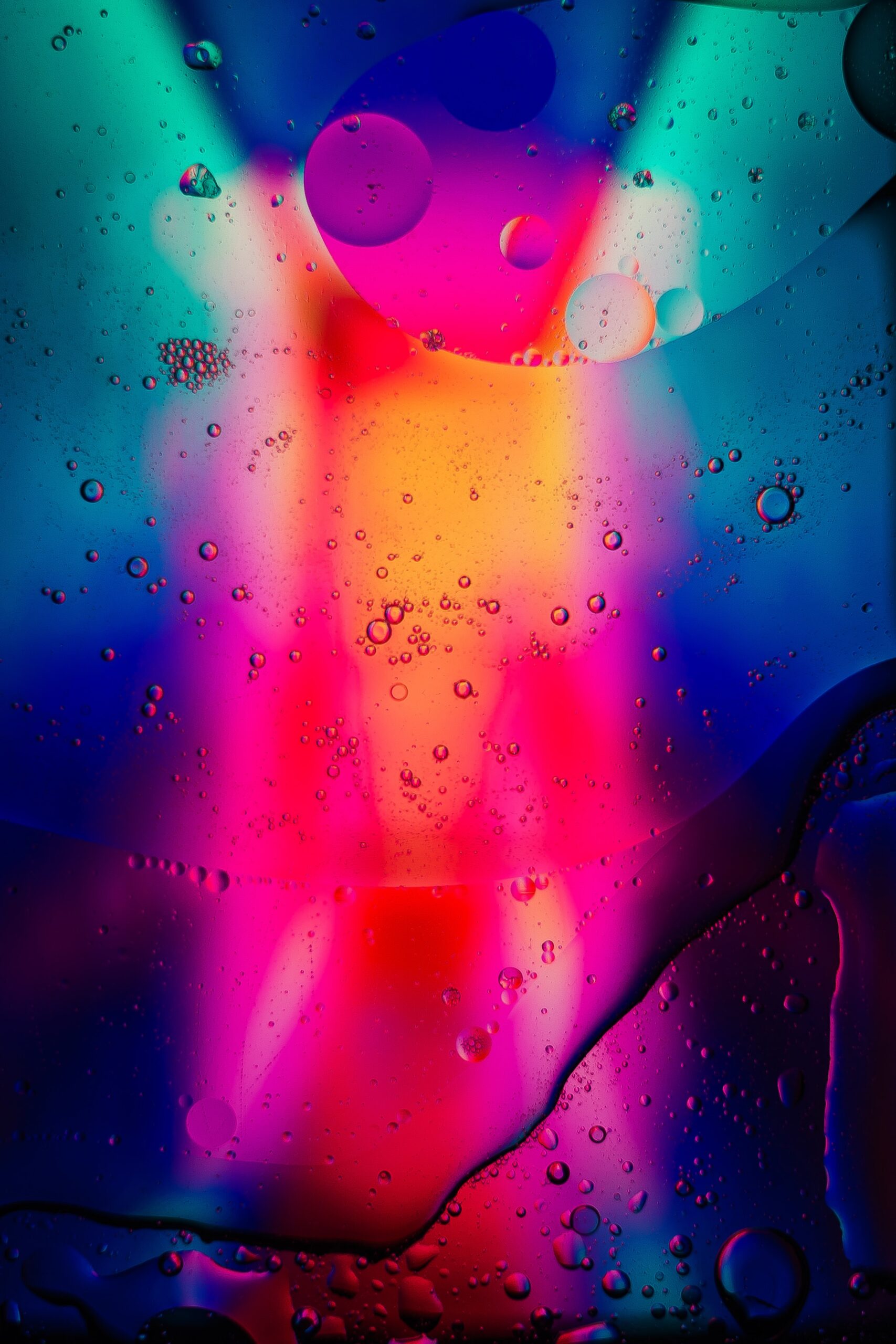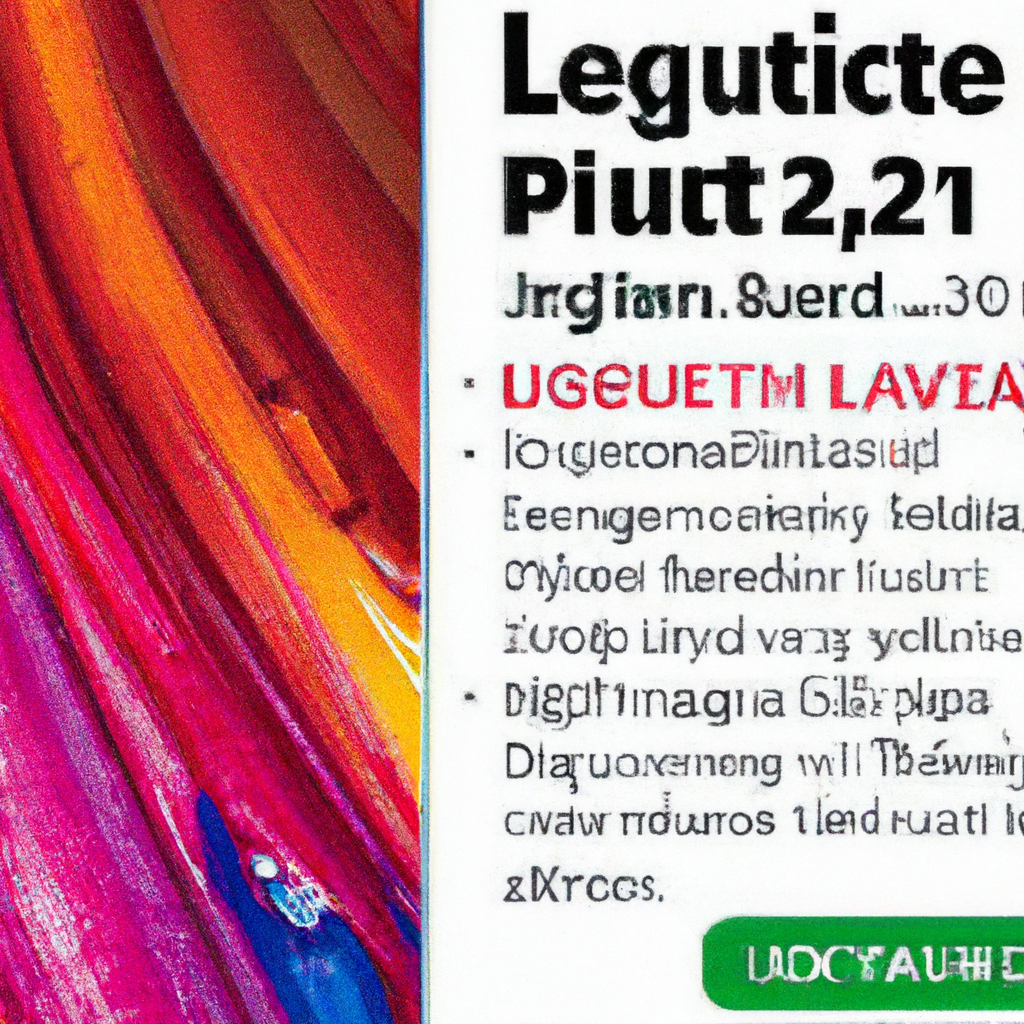Spray painting is a common technique used to apply paint quickly and evenly, but when it comes to acrylics, there may be some uncertainty. Can you spray paint acrylic? This article addresses this question and provides insights into the feasibility, challenges, and techniques involved in using spray paint with acrylics. Whether you’re a professional artist or a DIY enthusiast, understanding the possibilities and limitations of this combination can help you achieve the desired results and unleash your creativity.
Can You Spray Paint Acrylic
Spray painting is a popular method of applying paint to various surfaces. It offers convenience, speed, and even coverage. But can you spray paint acrylic? The short answer is yes, you can spray paint acrylic. However, there are important considerations and techniques to keep in mind to achieve the best results.
Understanding Acrylic Paint
Before diving into spray painting acrylic, it’s essential to have a basic understanding of acrylic paint. Acrylic paint is a water-based paint that is composed of pigment particles suspended in an acrylic polymer emulsion. It dries quickly, producing a durable and flexible finish. Acrylic paint is known for its vibrant colors and versatility, making it a popular choice among artists and DIY enthusiasts.
Benefits of Spray Painting Acrylic
Spray painting acrylic offers several advantages over traditional brush-on methods. Firstly, spray painting allows for an even and smooth application of paint, creating a professional-looking finish. This is particularly beneficial when painting large surfaces or objects with intricate details. Moreover, spray painting covers large areas quickly and efficiently, saving both time and effort. It also reduces the chances of brush strokes or texture marks appearing on the surface, resulting in a flawless finish.

Considerations before Spray Painting Acrylic
Before you begin spray painting acrylic, there are a few important considerations to keep in mind. Firstly, ensure that you are working in a well-ventilated area. The fumes emitted by aerosol spray paints can be harmful if inhaled, so proper ventilation is crucial to maintain your safety. Additionally, consider wearing protective goggles, a mask, and gloves to protect your eyes, respiratory system, and skin from any potential hazards.
Another consideration is the weather conditions. Ideal spray painting conditions include moderate temperature, low humidity, and a lack of wind. If the weather is too hot or humid, it may lead to the paint not adhering properly or drying inconsistently. Windy conditions may cause overspray and uneven coverage. Therefore, it is recommended to choose a calm and mild day for spray painting acrylic.
Choosing the Right Spray Paint for Acrylic
When it comes to choosing the right spray paint for acrylic, it is important to select a paint specifically designed for use on acrylic surfaces. These paints are formulated to adhere effectively to acrylic and provide a long-lasting finish. Look for spray paints that mention “acrylic” or “suitable for use on acrylic” on the label. It is also advisable to opt for high-quality brands known for their durability and color retention.
Additionally, consider the desired finish of your project. Some spray paints offer a matte finish, while others have a glossy or satin finish. Choose a spray paint finish that complements the overall aesthetic of your project and matches your personal preference.

Preparing Acrylic for Spray Painting
Proper surface preparation is crucial for achieving optimal results when spray painting acrylic. Start by cleaning the acrylic surface thoroughly, removing any dirt, dust, or grease. This can be done using mild soap and water or a specialized acrylic cleaner. Rinse the surface well and allow it to dry completely.
Next, lightly sand the acrylic surface using fine-grit sandpaper. This step helps create a slightly roughened surface, allowing the paint to adhere better. After sanding, wipe away any sanding residue with a clean, lint-free cloth.
If the acrylic surface has imperfections, such as scratches or dents, these should be filled and sanded before spray painting. Acrylic fillers or putties can be used to smooth out any imperfections, ensuring a seamless finish.
Protecting Surrounding Areas
Before you begin spray painting, it is essential to protect the surrounding areas from overspray. This can be achieved by covering adjacent surfaces with a drop cloth, plastic sheeting, or newspapers. Use painter’s tape to secure the protective coverings in place, ensuring that no paint will accidentally be applied to unwanted surfaces.
Consider the direction of the spray nozzle and position yourself accordingly to minimize overspray. It is advisable to work in a well-defined area to keep the paint contained and prevent it from drifting onto unintended surfaces.

Spray Painting Techniques for Acrylic
When spray painting acrylic, it is crucial to apply thin and even coats. Begin by holding the spray can approximately 8 to 12 inches away from the surface. Move your hand in a steady, sweeping motion, keeping the can parallel to the surface. Start spraying slightly before reaching the surface and continue spraying slightly past the edge, ensuring an even coverage.
Avoid the temptation to apply heavy coats of paint, as this can lead to drips, runs, and uneven drying. It is better to apply multiple thin coats, allowing each coat to dry before applying the next. This prevents the paint from building up too thickly, resulting in a smoother finish.
Application Tips for Spray Painting Acrylic
To achieve a flawless finish when spray painting acrylic, consider the following application tips:
- Shake the spray can vigorously before use to ensure proper mixing of the paint.
- Test the spray paint on a small, inconspicuous area of the acrylic surface to ensure compatibility and desired results.
- Maintain a consistent spraying distance from the surface to avoid variations in coverage.
- Avoid excessive overlapping of spray passes, as this can cause the paint to run or create uneven texture.
- If using multiple colors, allow each color to dry completely before masking off areas for the next color.
Remember to follow the instructions provided by the spray paint manufacturer for the best results.

Drying and Curing Acrylic Spray Paint
After completing the spray painting process, it is important to allow the acrylic spray paint to dry and cure properly. Drying refers to the process of the solvent evaporating from the paint, while curing is the hardening and full bonding of the paint film.
Drying times can vary depending on factors such as temperature, humidity, and the number of coats applied. It is advisable to wait for each coat to be touch-dry before applying subsequent coats. Follow the manufacturer’s instructions for recommended drying times.
Curing typically takes longer, with most acrylic spray paints fully curing within 24 to 48 hours. During this time, it is best to avoid touching or placing any objects on the painted surface to prevent smudging or damaging the finish. Be patient and allow the paint to fully cure before subjecting it to any stress or use.
Common Mistakes to Avoid when Spray Painting Acrylic
To ensure a successful spray painting project, it is important to be aware of common mistakes and avoid them. Some common mistakes to avoid when spray painting acrylic include:
- Applying too thick of a coat, which can result in runs, drips, and an uneven finish.
- Spraying too closely to the surface, which can cause the paint to pool and create an uneven texture.
- Ignoring proper surface preparation, leading to poor adhesion and paint failure.
- Neglecting to protect surrounding areas from overspray, resulting in unwanted paint on adjacent surfaces.
- Rushing the drying and curing process, which can lead to smudging, peeling, or an unsatisfactory finish.
By being mindful of these mistakes and following the recommended techniques and guidelines, you can achieve professional-looking results when spray painting acrylic.
In conclusion, yes, you can spray paint acrylic. However, it is important to understand the characteristics of acrylic paint, choose the right spray paint, prepare the surface properly, and apply the paint using suitable techniques. With careful consideration and attention to detail, you can achieve a smooth and flawless finish when spray painting acrylic.




